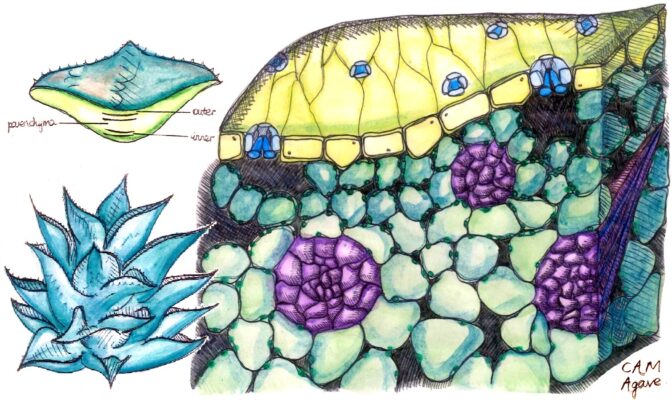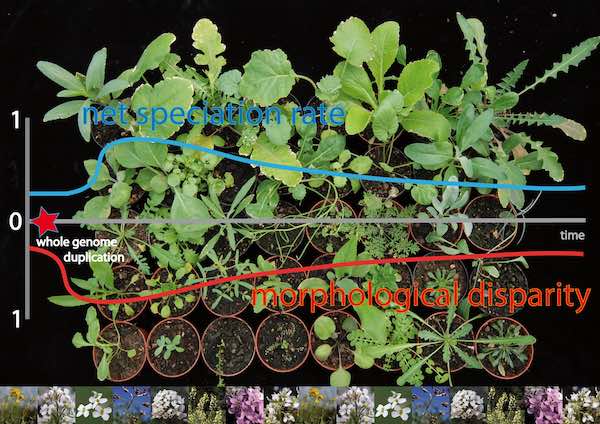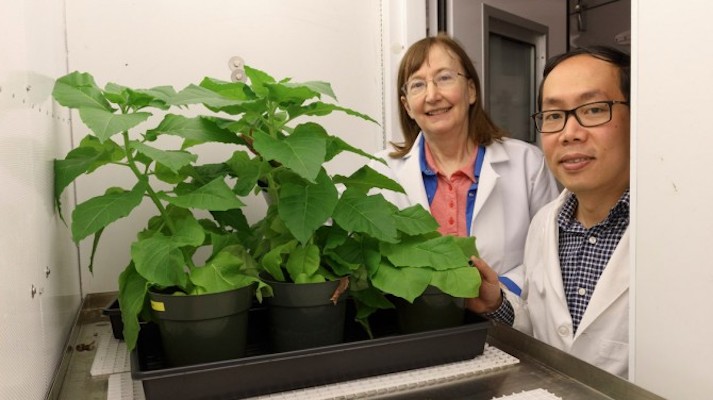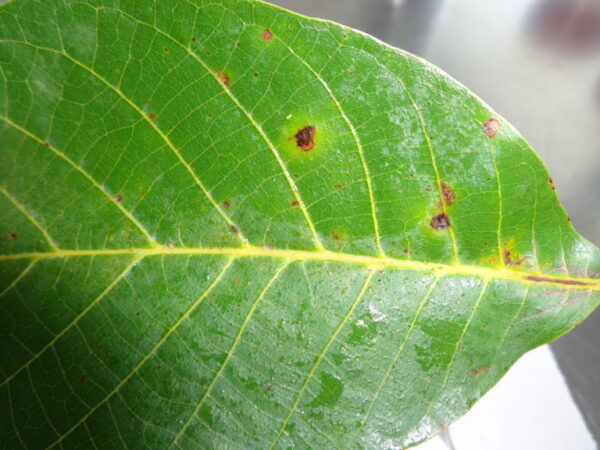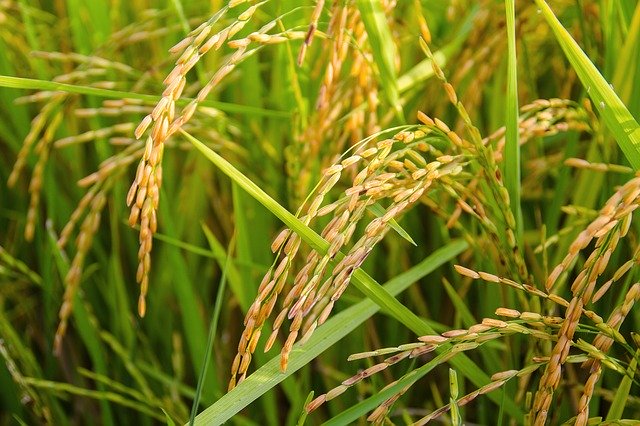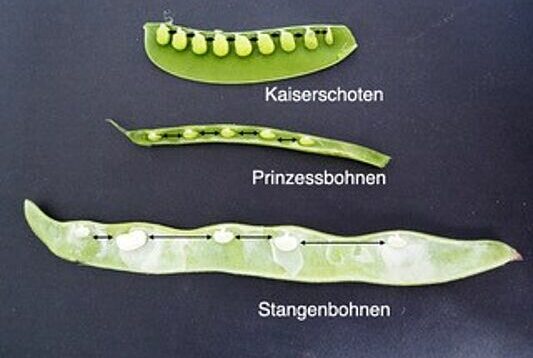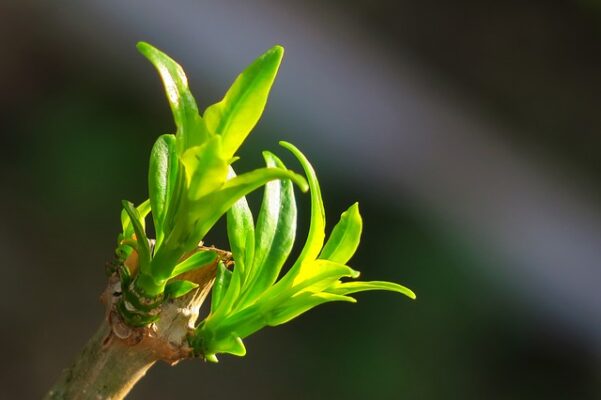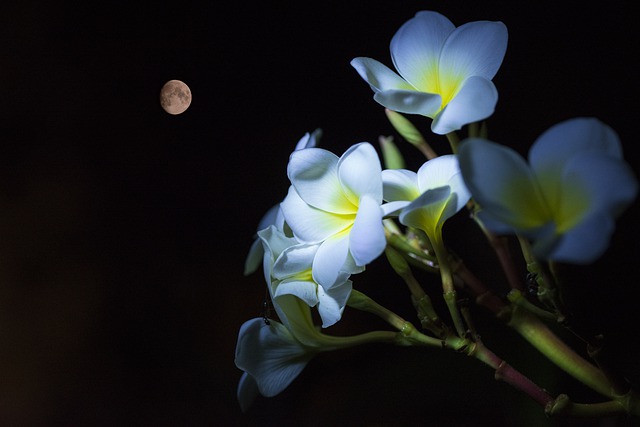
Deprived of sunlight, plants are unable to transform carbon dioxide from the atmosphere into sugars. They are essentially starved of one of their most important building blocks. The plant’s not-so-secret weapon to combat this and other scarcity is autophagy. Similar to recycling, autophagy helps break down damaged or unwanted pieces of a cell, so that building blocks can be used again. New research shows that plants that lack the core components for autophagy have to get creative about recycling nutrients like carbon when they’re left in the dark.



